Beginning visualization
Communicating Data Insights

Joe Franklin
Senior Curriculum Manager, DataCamp
Objective
Basic Visualizations:
- Bar Chart
- Histogram
- Scatter plot
There are other chart options available, these will serve as a foundation for others.
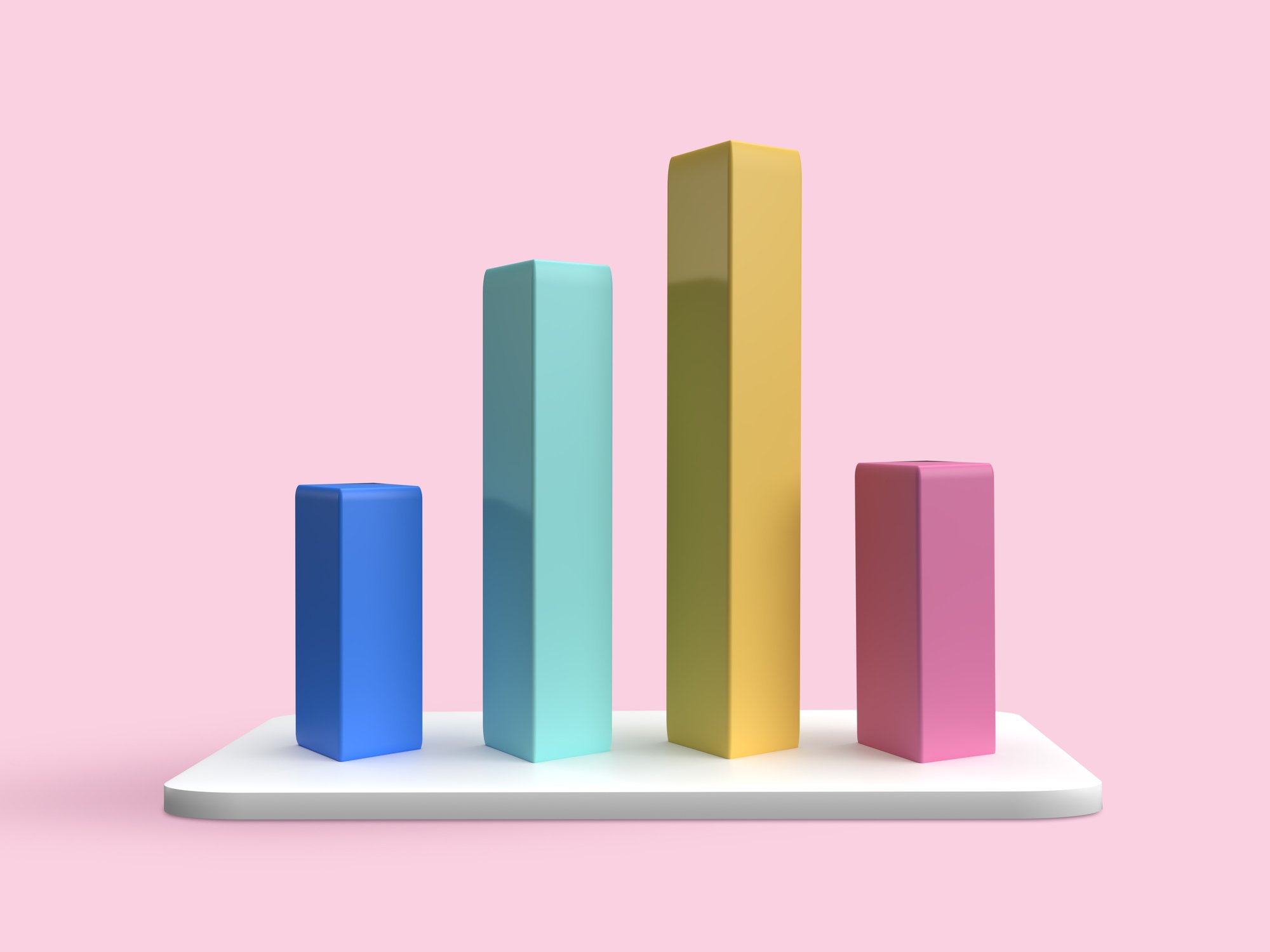
Setting the bar
Bar charts and histograms look very similar
- Both utilize bars of different heights to display information
- Differ based on which kind of data they support
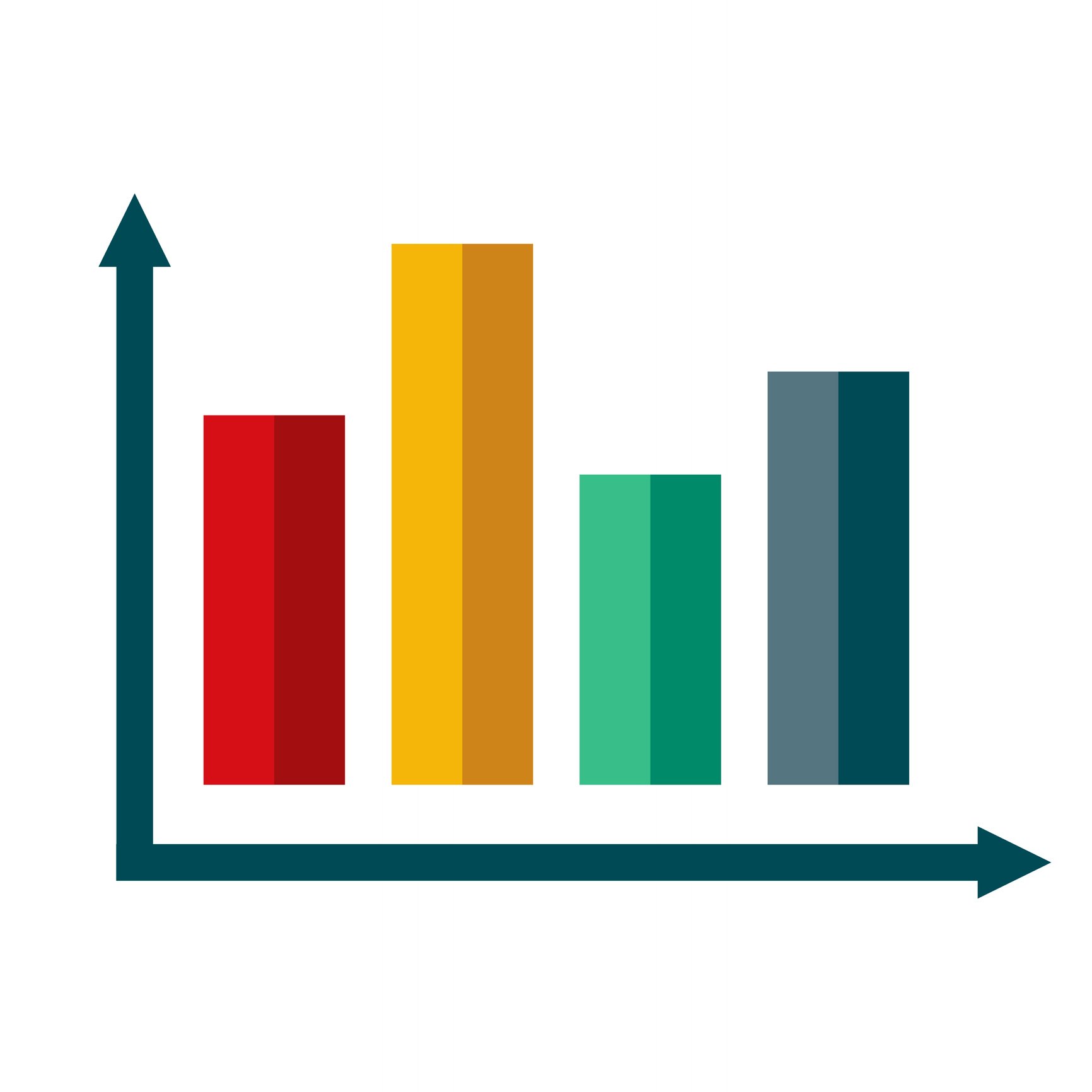
Museum admissions
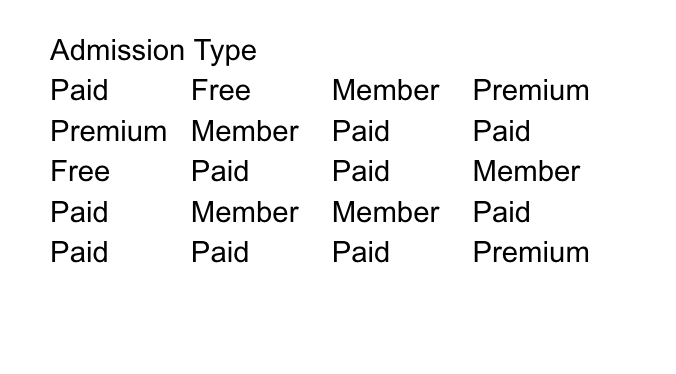
Museum admissions
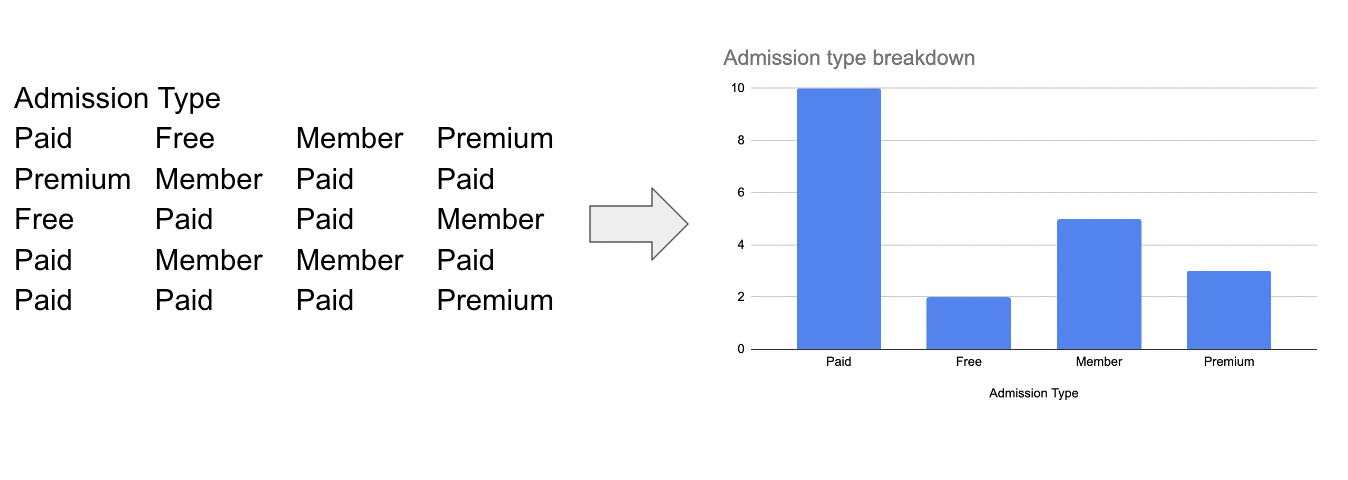
Charting payments
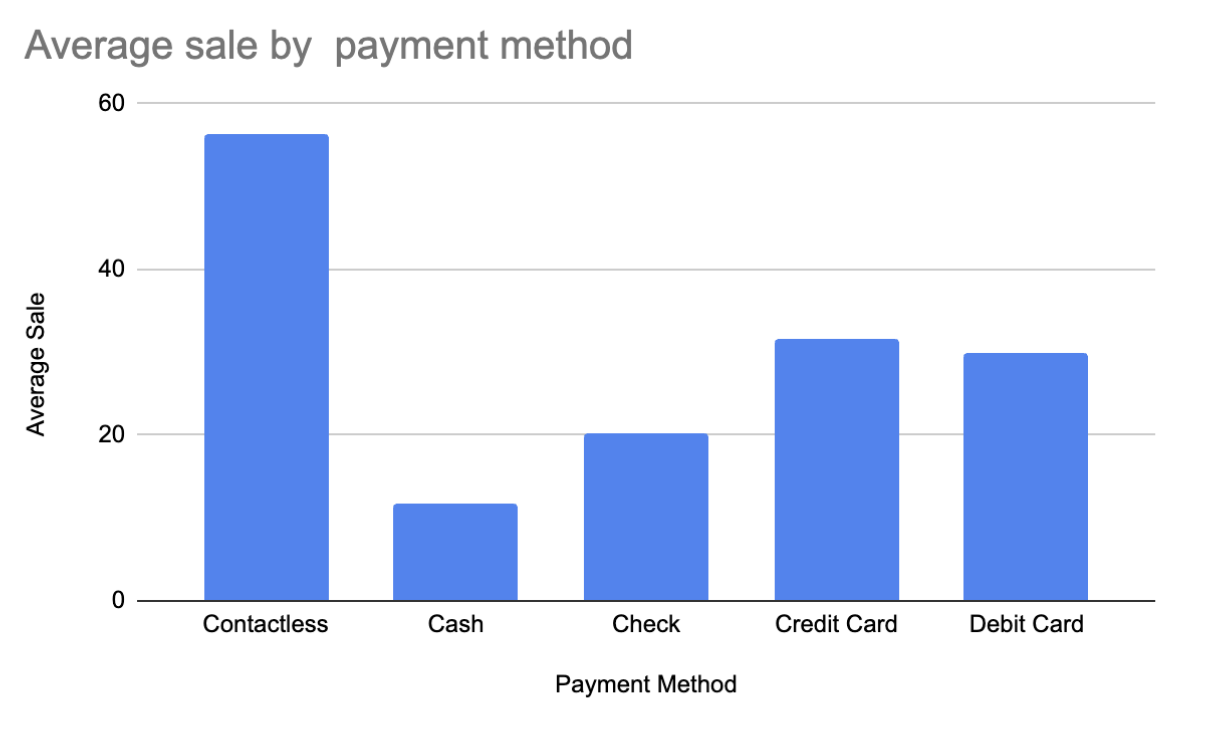
Behind bars
Histograms are similar to bar charts but display numerical data instead of categorical.
Underlying data is broken into bins of equal size.
The height of each bin represents the frequency of data within the bin in the underlying dataset.

Visualizing sales
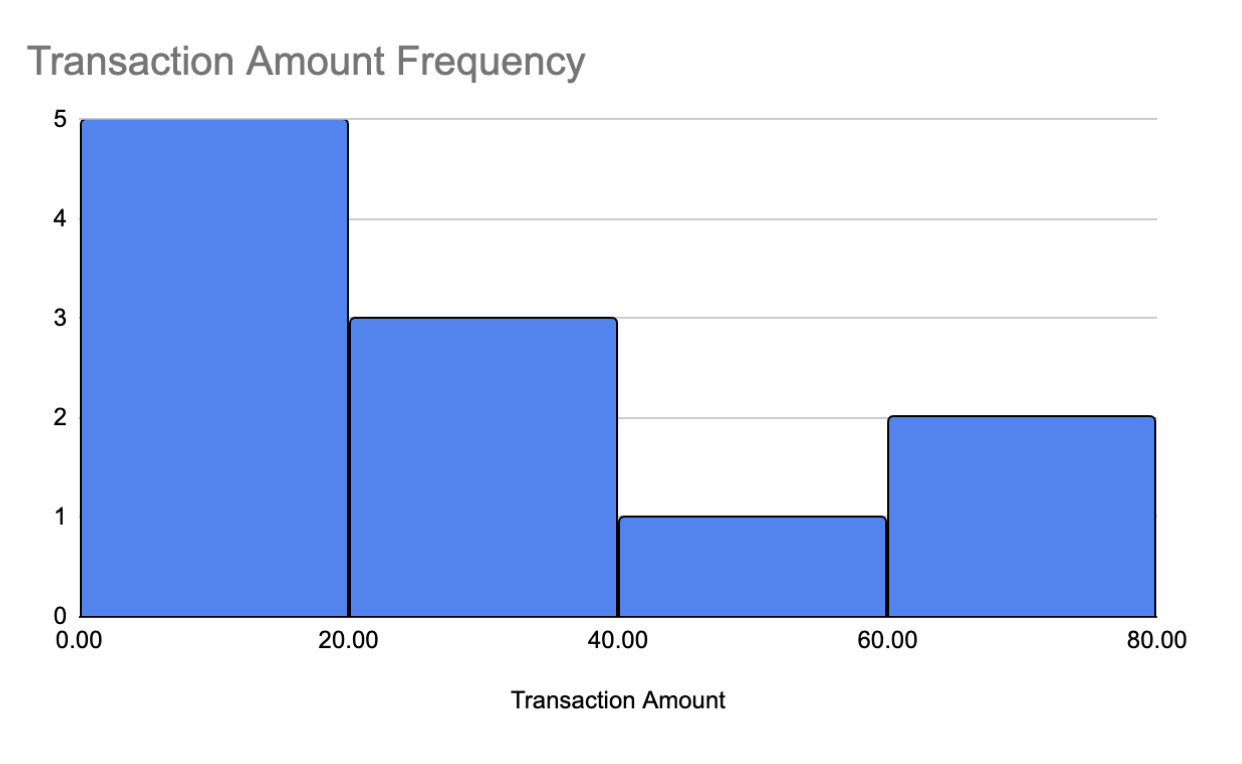
No gaps intentional gaps between bars.
Connecting the dots
Scatterplots show the relationship between two numerical variables in a dataset.
Points are arranged based on their horizontal and vertical positions.
Relationships between variables become easier to detect through a scatter plot.
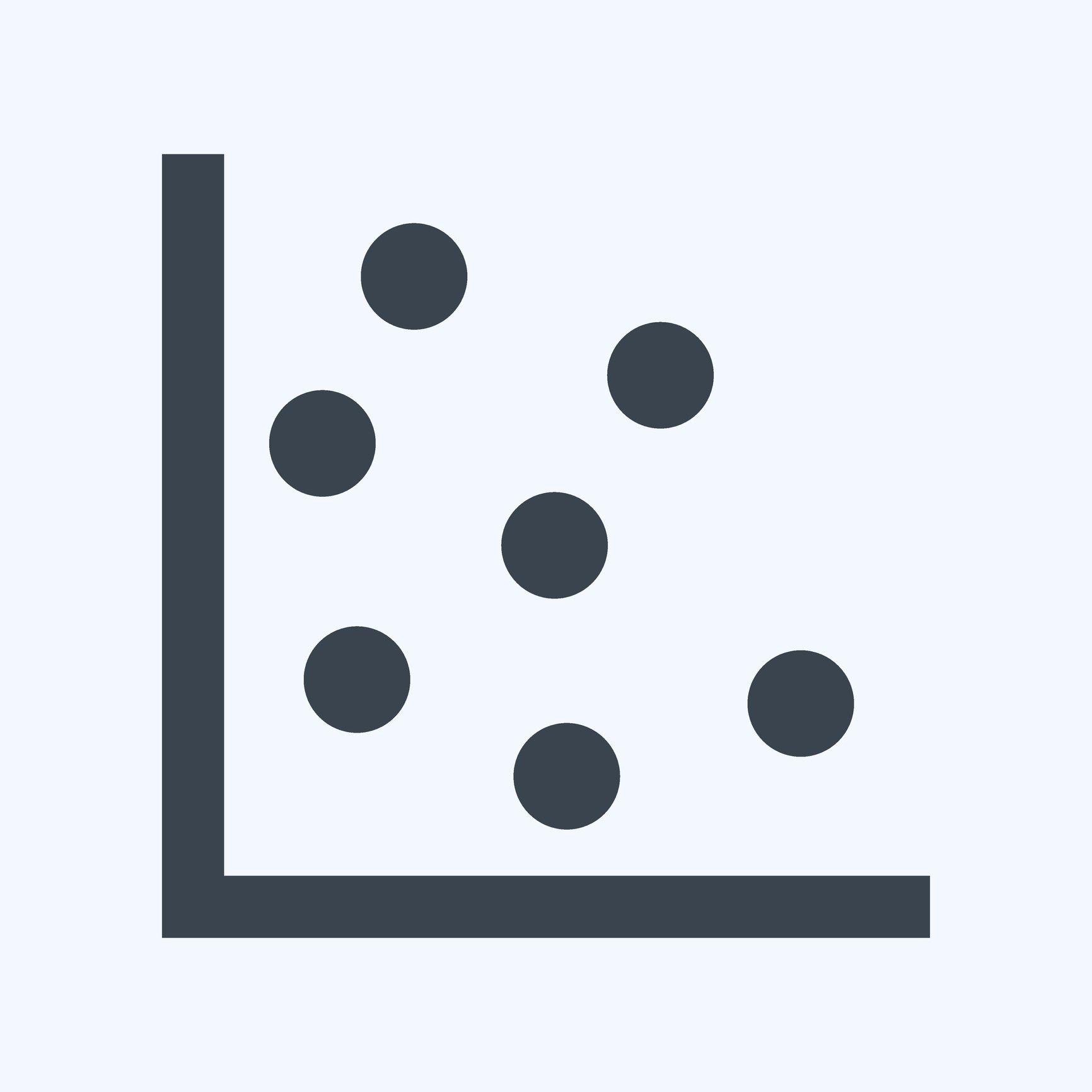
Don't sit so close
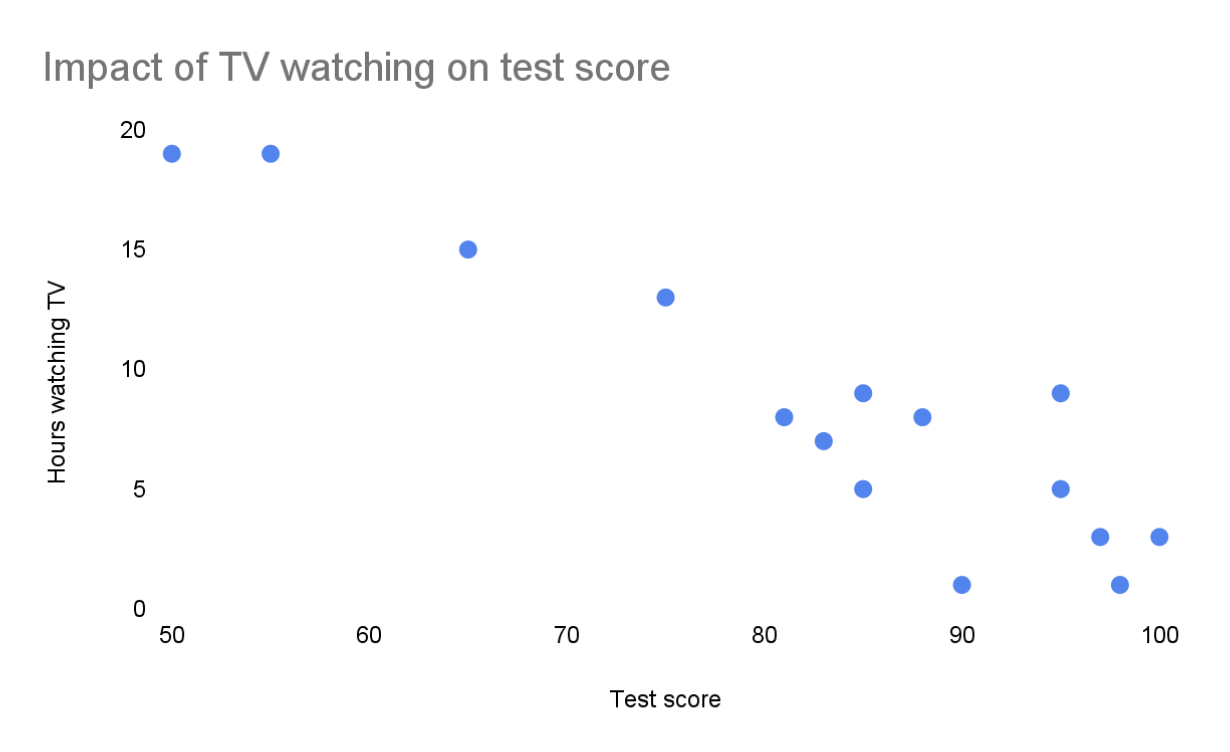
Easily detect potential relationships within a dataset.
Let's practice!
Communicating Data Insights

